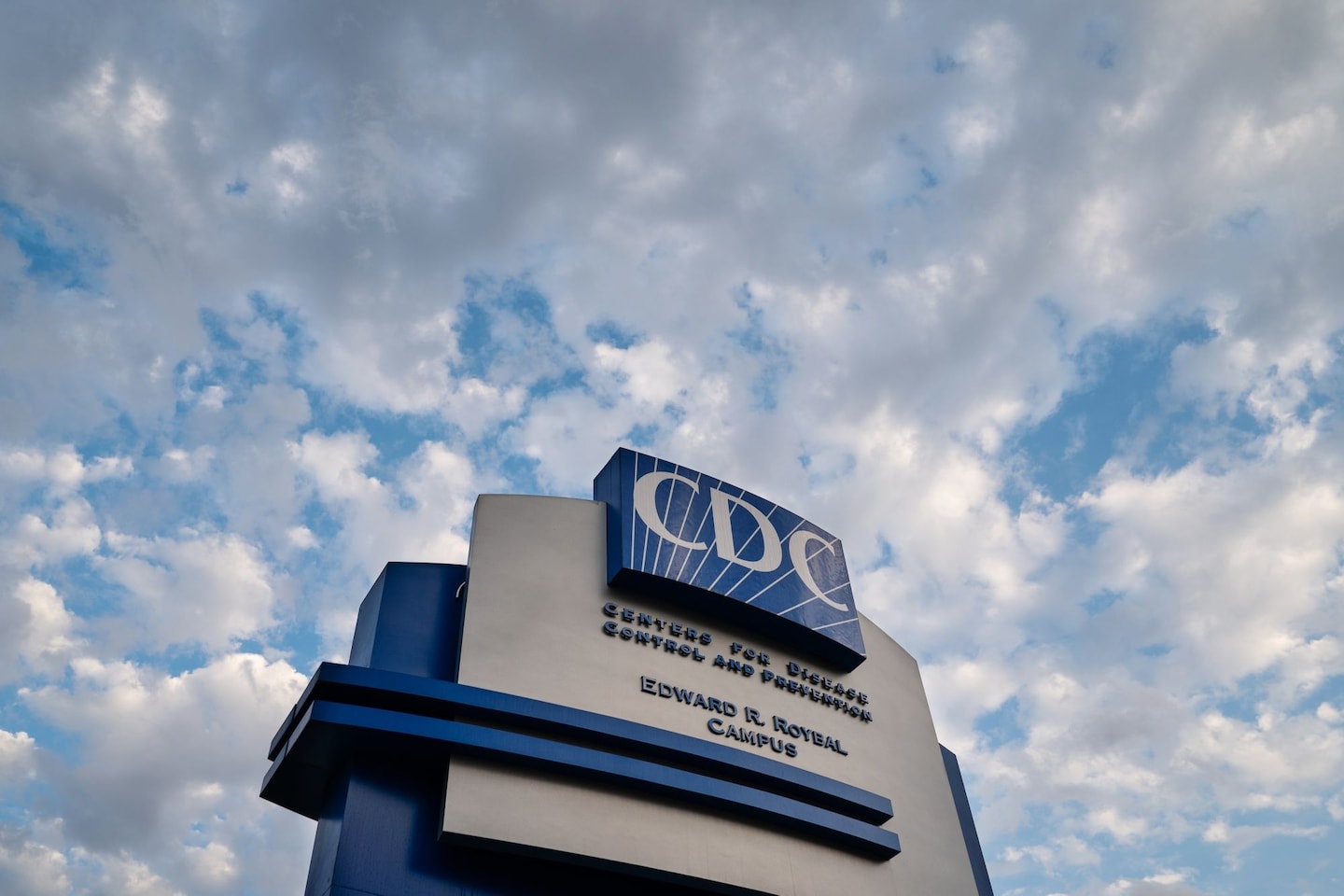Yes, airborne transmission is happening. The CDC needs to set the record straight.

There’s something odd going on at the Centers for Disease Control and Prevention.
For a moment, it seemed that the agency had finally woken up to an important fact: The novel coronavirus is airborne. On Friday, the CDC updated its website with guidance on “how covid-19 spreads.” For the first time, they mentioned aerosols — the tiny particles that can stay airborne for hours and travel beyond six feet. Per the guidance, the virus travels “through respiratory droplets or small particles, such as those in aerosols, produced when an infected person coughs, sneezes, sings, talks, or breathes. These particles can be inhaled into the nose, mouth, airways, and lungs and cause infection.” It ended with this kicker: “this is thought to be the main way the virus spreads.”
But on Monday, the CDC removed this information from its website, bizarrely explaining that it “does not reflect our current state of knowledge.”
So let’s review our current state of knowledge, shall we?
Many scientists have known that airborne transmission of the virus was happening since February. The CDC, however, somehow failed to recognize the accumulating evidence that airborne transmission is important and therefore failed to alert the public.
The science here is fairly straightforward. When you talk or sing — or even just breathe — you emit a range of particles of different sizes. Yes, there might be one or two particles that are large enough to see and that fall to the ground within six feet, but there are also thousands of particles that are smaller than five microns (or five millionths of a meter).
Such particles stay aloft for minutes to hours and can travel all the way across a room on natural air currents. They don’t stop at six feet. They will stay in the air in the room until they are pushed outdoors by ventilation, trapped on a filter if you have one, or deposited in your lungs. More importantly, among particles that stay in the air long enough to be inhaled, those smaller than five microns actually carry more virus than the larger ones, counterintuitively.
Research bears this out. Investigators have found that air samples collected 16 feet away from a patient contained infectious coronavirus. And many case studies of superspreading events of the disease — from restaurants, buses, camps and choir practices — show that common threads include time indoors, crowded conditions, poor ventilation and no masks.
The prestigious National Academies held a workshop on coronavirus transmission in late August. Numerous experts who have studied airborne viruses for years agreed that there is overwhelming evidence that the virus is airborne. Anthony S. Fauci, head of the National Institute of Allergy and Infectious Diseases, agrees. In a presentation at Harvard Medical School two weeks ago he had a slide on covid-19 transmission that read, “Transmission via particles that remain in the air over time and distance.” And he said, clear as day: “Bottom line is there is much more aerosol [transmission] than we thought.”
Some people might ask, “Didn’t we know this already?” To that, the answer is, it depends on who “we” is. Yes, many scientists who study buildings and air quality knew it. The two of us wrote an editorial on this, too. Our whole field has been shouting from the rooftops that airborne transmission was happening and that ventilation and filtration were crucial to limiting the spread of the disease.
It wasn’t just us who knew it. Recently released tapes reveal that even President Trump was aware of airborne transmission back in February. As he told The Post’s Bob Woodward: “You just breathe the air, and that’s how it’s passed.”
The difference is that while we were shouting “wear masks” and “open the windows,” Trump, armed with the same information, was saying people don’t need to wear masks and that the disease would just “go away.” We need the CDC to update its guidelines to reflect our actual current state of knowledge. Millions of people are dealing with a good, but incomplete set of controls — hand washing and cleaning surfaces — but many still don’t mask, and few are paying attention to ventilation and filtration.
There can be no more denying that this is important, and no more reason for delaying improving the ventilation in our offices, schools and homes. We need the public to heed this guidance in time for winter as we all head back indoors.
Read more:






